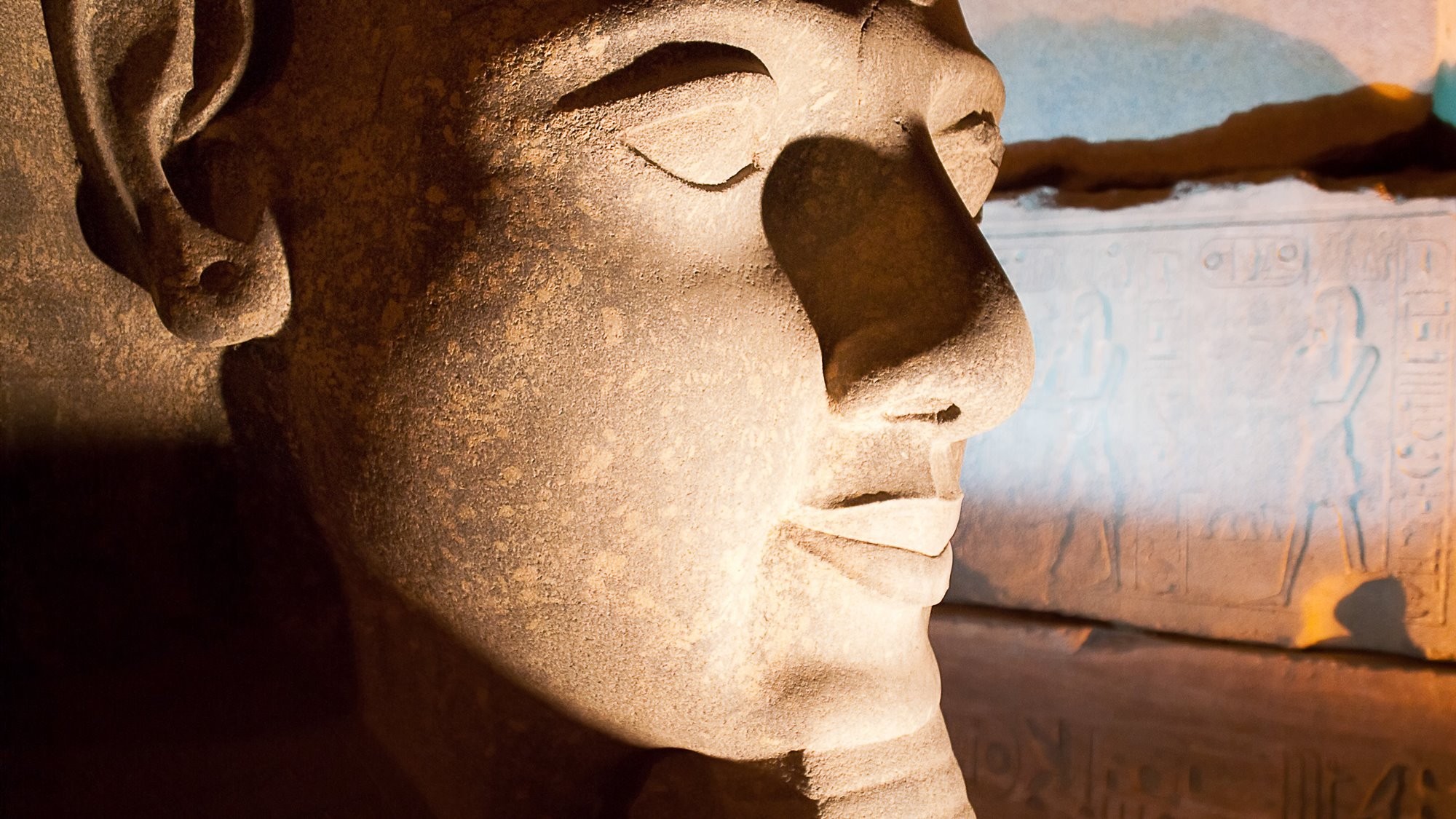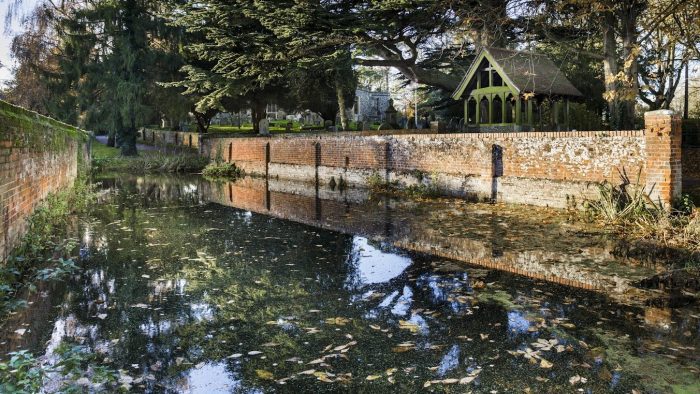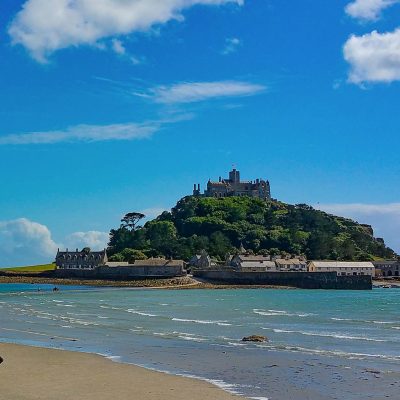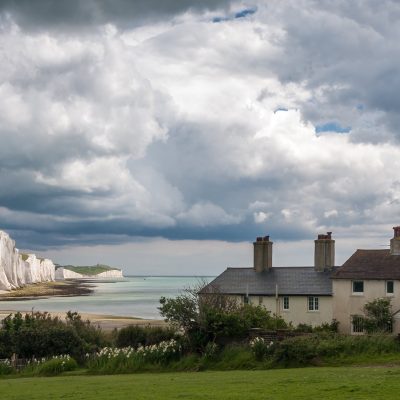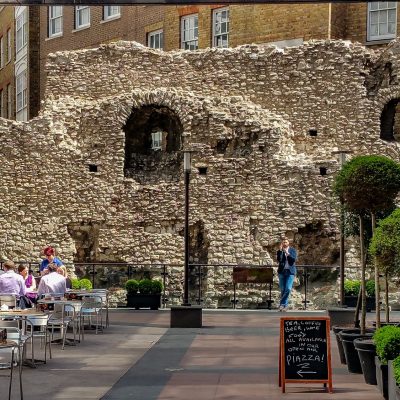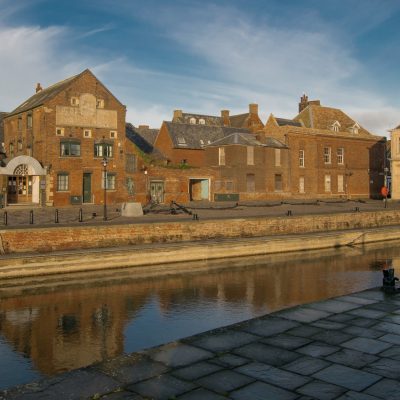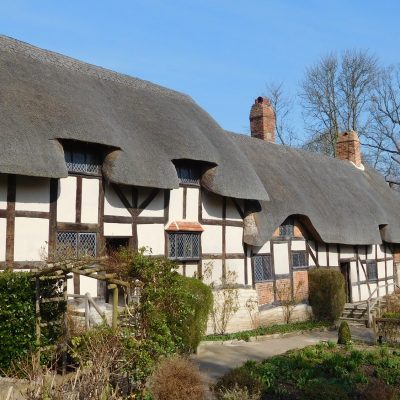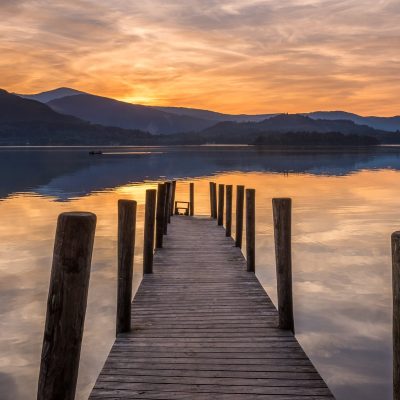England Travel Guide
Reasons to Visit England

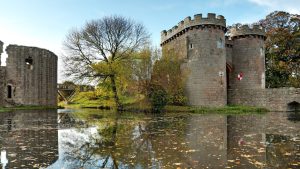
Castles & Palaces,

Roman Ruins & Museums,
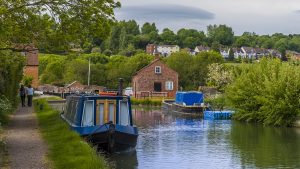
… and Waterways & Lakes.
About Our England Travel Guide
Interesting Things to Know About England
England is not a sovereign state, it is one of four countries that make up the United Kingdom of Great Britain and Northern Ireland (which is a sovereign state). The Treat of Union of 1707 joined England and Scotland to form the Kingdom of Great Britain.
England has 20 sites included on the UNESCO list of World Heritage Sites. One of these, the Dorset and East Devon Coast, is in the natural category, while the remaining 19 are cultural sites. Together they cover all periods of English history, from prehistory (the Avebury and Stonehenge landscape), Roman Britain (Hadrian’s Wall, Bath), Medieval England (Canterbury Cathedral, Fountains Abbey, the Tower of London), the Industrial Revolution (Ironbridge Gorge and Derwent Valley Mills), and the 20th Century (Jodrell Bank Observatory).
The ‘English’ are the product of successive arrivals of people over many hundreds of years, from prehistory to the 21st century. From the Iron Age Celts to the Romans who came as citizens of Rome and their slaves from all over the Roman Empire. From 5th and 6th century Germanic Angles, Saxons and Jutes to 9th century Danes from Scandinavia. From the Norman Conquest in 1066 to migrants in the 1950s and 1960s from former colonies in the Caribbean, Africa and Asia. Each of these events not only left their marks on the tangible and intangible cultural heritage of England, but also shaped the identities of the English today.
Find Places to Visit in England
Featured Destination
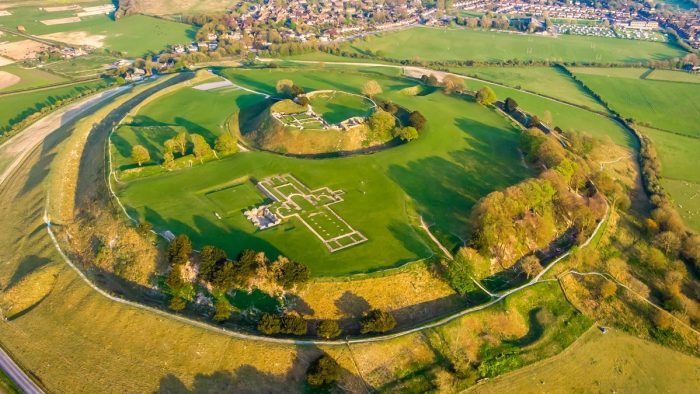
Salisbury, Wiltshire
5,000 years of archaeology, art & history
Inspiration & Itineraries
Five Popular Attractions in England
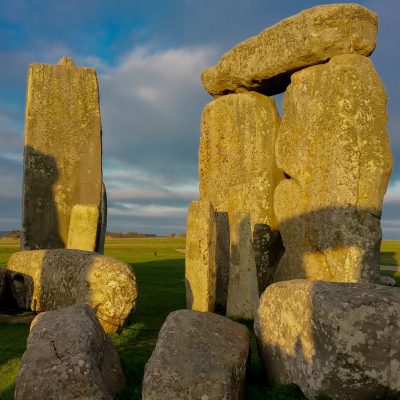
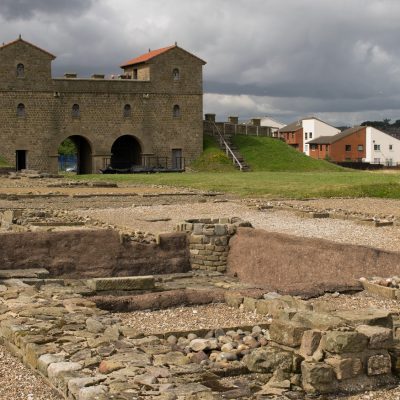
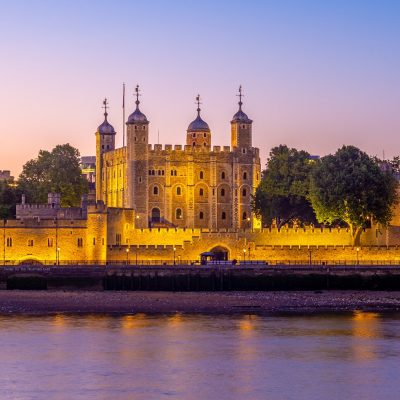
Tower of London
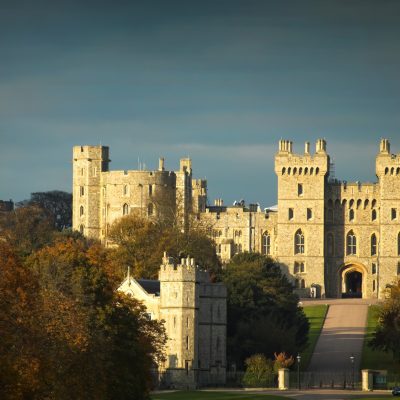

Explore England more deeply
Where to Go in England
Greater London
That area with in the circular M25 Motorway, with the city of London at the centre – more or less the area covered by the Roman capital city of Londinium.
East of England
West Midlands
Herefordshire, Shropshire, Staffordshire, West Midlands Worcestershire and Warwickshire. Here in the very west are the castles of the Welsh Marches.
Derbyshire, Leicestershire, | Lincolnshire, Northamptonshire, Nottinghamshire and Rutland. Lincoln’s Gothic cathedral is one of England’s finest.
North West
Yorkshire & the Humber
Historic Cities in England
What to See in England
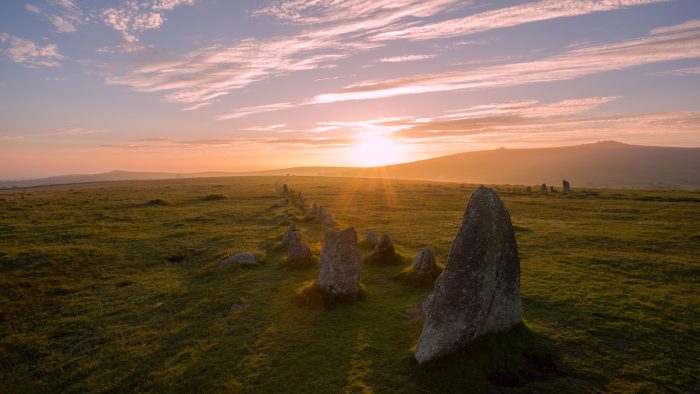
Stone Circles & Standing Stones
Stonehenge in south west England is almost certainly the world’s most well known and celebrated stone circles. But it is only one of over 900 surviving prehistoric stone circles in the Irish and British Isles. And stone circles are only one type of prehistoric sites that make use of large stones. From the simple portal tombs to passage graves and gallery graves. From single standing stones to more complex arrangements of made up of a number of individual stones.
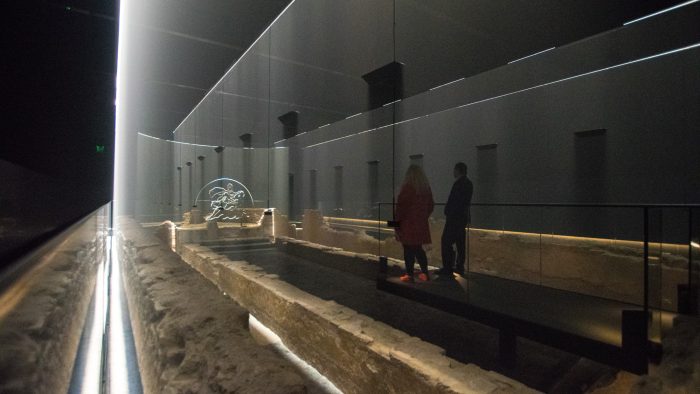
Roman Britain
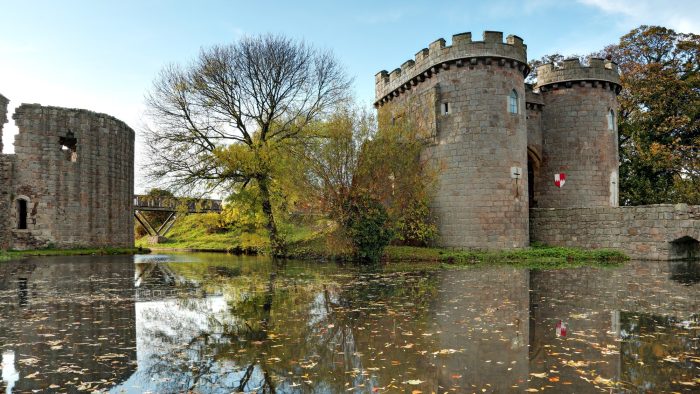
Castles & Palaces
Castles were introduced to England by the Normans following their invasion in 1066. Architecturally, they changed dramatically over the centuries, from simple motte and bailey wooden fortresses to much more elaborate constructions built of stone. There are an estimated 4,000 castles in England. Although very little survives of some of these, there are some that have been well maintained and still serve as private residences. Whatever the exact number there is still a substantial number of castles you can visit, from evocative ruins to those that are still occupied.
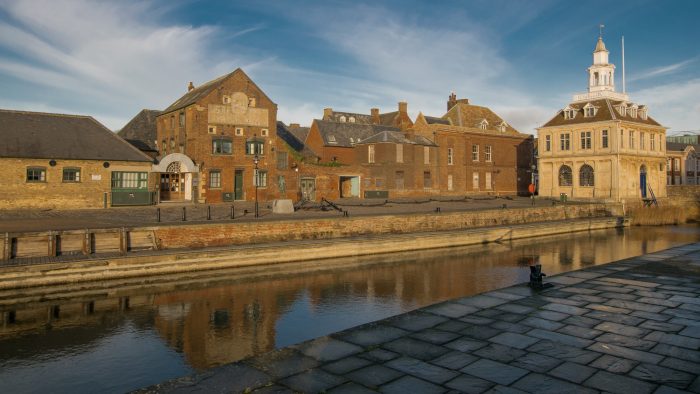
The Hanseatic League
The Hanseatic League was a powerful association of medieval merchants based in the German city of Lübeck. Although it was centred in northern Germany and the Baltic area, it grew to include ports along the east coast of England. London was a major ‘kontor’, while Boston, Hull, Ipswich, King’s Lynn and Yarmouth were minor ‘kontor, also sometimes called Esterlings. From he 12th century, and for about 400 years, the league shaped the economy and politics of northern Europe.
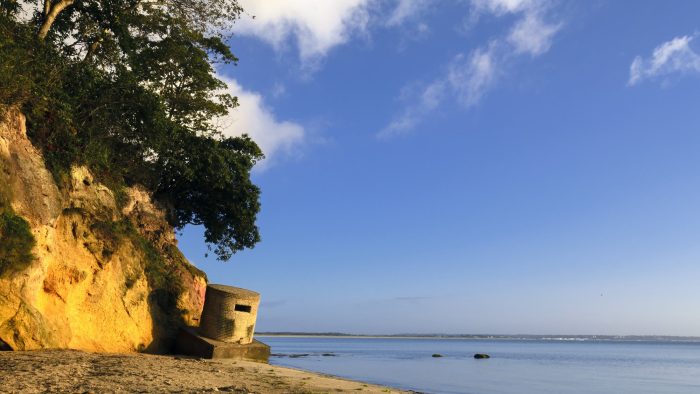
World War II & the Holocaust

Egyptian Revival & Ancient Egypt
Many museums in England have some of the world’s finest, and contested, collections of Egyptian antiquities. England’s fascination with ancient Egypt is not confined to museums. There are a number of objects in the parks and gardens of England. And Egyptian Revival architecture was very popular in the 18th and 19th century. Obvious elements such as hieroglyphs, lotus flowers and sphinxes adorn many public and private buildings. Given our long fascination with mummies, Egyptian themes are also common in many cemeteries.

